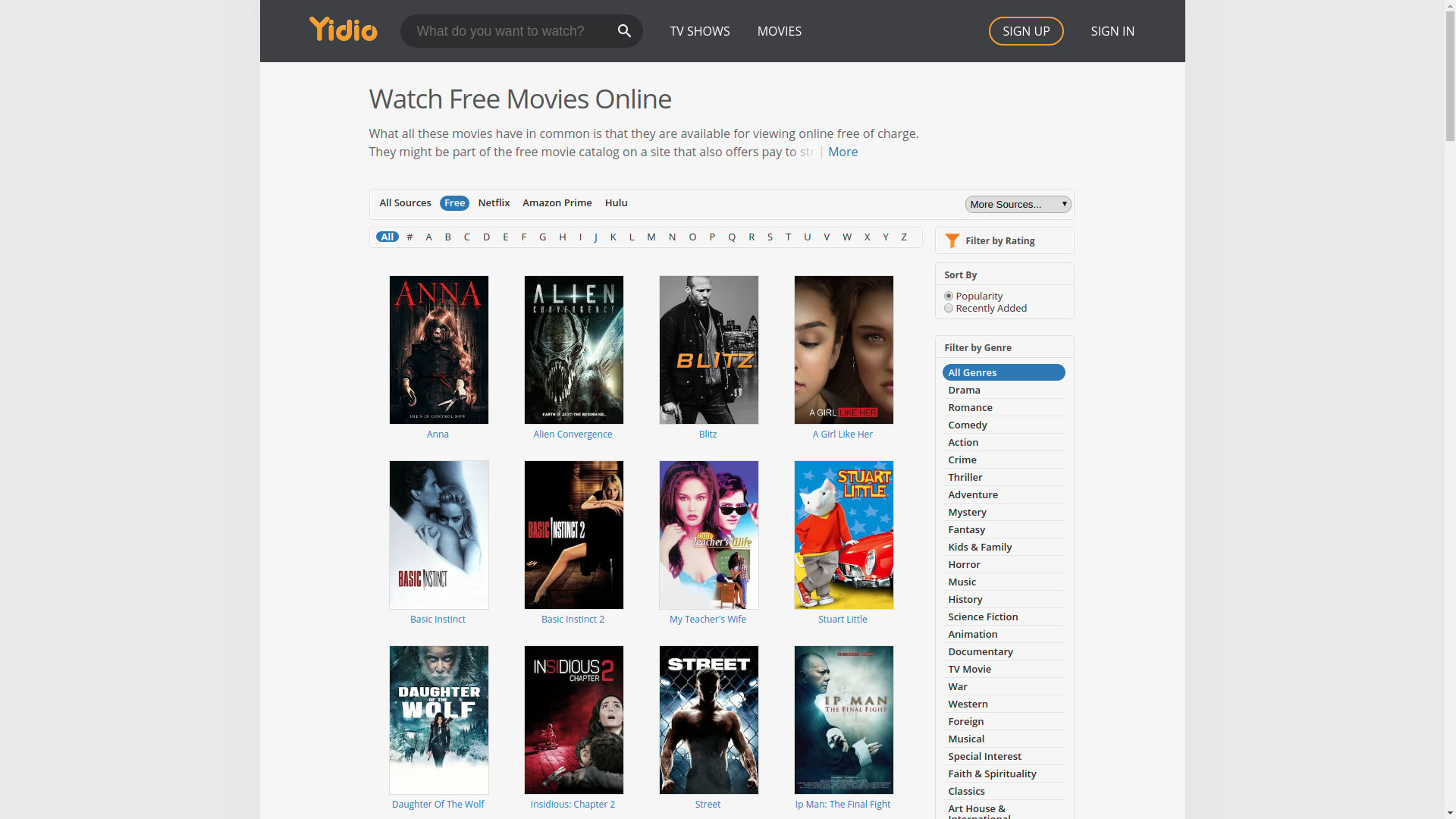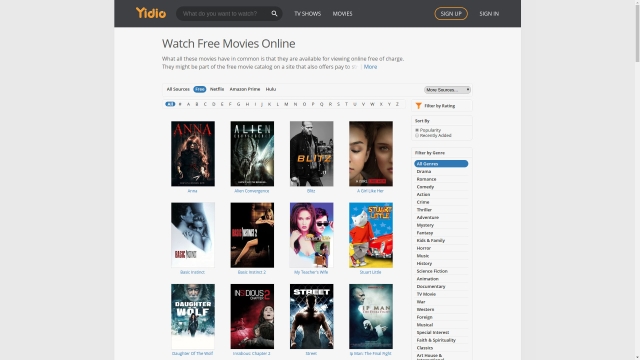
The emergence of online streaming has transformed the landscape of entertainment in ways that were once unimaginable. Today, audiences have access to a vast array of content at their fingertips, allowing them to watch their favorite shows, movies, and live events on demand. This shift has not only changed how we consume media but has also redefined our expectations about convenience and accessibility in the viewing experience.
Gone are the days of scheduling our lives around television broadcasts or renting physical media. With the rise of streaming platforms, viewers now enjoy the freedom to watch what they want, when they want, and where they want. This revolution has been driven by advancements in technology and changes in consumer behavior, making online streaming a dominant force in the entertainment industry. As we delve into this phenomenon, we will explore how these platforms are reshaping our viewing habits and influencing the future of content creation and distribution.
The Rise of Online Streaming
The advent of the internet has ushered in a new era of entertainment consumption, where traditional cable and satellite television are rapidly being eclipsed by online streaming platforms. This shift began in the early 2000s with the emergence of services like YouTube, which allowed users to share and view content without the constraints of traditional broadcasting. As internet speeds improved and mobile devices became ubiquitous, the appeal of streaming services grew, attracting a vast audience eager for on-demand access to a diverse range of content.
As companies like Netflix, Hulu, and Amazon Prime Video entered the market, they revolutionized the way we engage with media. Offering extensive libraries of films, television series, and original content, these platforms not only provided convenience but also catered to a variety of tastes and preferences. The binge-watching phenomenon emerged, as viewers embraced the ability to consume entire seasons of shows in one sitting, fundamentally altering the viewing experience and encouraging the production of serialized storytelling.
With advancements in technology and the proliferation of smart TVs, streaming is now more accessible than ever. The decline of traditional viewing methods is further accelerated by the rise of video game streaming, live sports, and social media platforms that also provide video content. This shift has not only transformed how audiences consume media but has also prompted traditional networks to adapt, leading to a more competitive landscape where online streaming is at the forefront of entertainment.
Impact on Traditional Media
The rise of online streaming has brought significant challenges to traditional media outlets, particularly television and cable networks. As viewers increasingly turn to platforms like Netflix, Amazon Prime, and Hulu for their entertainment needs, traditional broadcasters are experiencing a decline in viewership and advertising revenue. Audiences now prioritize on-demand content that fits their schedules, rather than adhering to fixed programming times. This shift has led to a reevaluation of how content is produced and distributed.
In response, many traditional media companies are adapting by creating their own streaming services or partnering with existing platforms. They recognize the need to invest in original content to compete with the rich libraries that established streaming giants offer. This transformation has also prompted a focus on quality over quantity, with networks seeking to attract subscribers by developing unique and innovative programming that captures the essence of current viewer preferences.
Moreover, the impact of online streaming extends beyond just the audience; it has redefined advertising strategies as well. Advertisers now find themselves navigating a more fragmented landscape where audiences are increasingly engaging with ad-free content. Consequently, traditional media has shifted towards integrating product placements and developing targeted advertising campaigns to reach consumers who are less responsive to traditional commercial breaks. This ongoing evolution underscores the disruptive nature of online streaming on traditional media paradigms.
The Future of Content Consumption
As technology continues to evolve, the future of content consumption looks increasingly personalized and dynamic. Online streaming platforms are leveraging advanced algorithms and data analytics to recommend content tailored to individual preferences. This level of customization not only enhances user experience but also encourages viewers to explore genres and shows they might not have considered before. The ability to binge-watch series at one’s own pace, rather than adhering to traditional broadcasting schedules, is reshaping how audiences engage with stories.
Another significant shift lies in the accessibility of content. With high-speed internet becoming widely available, geographical boundaries are fading. Audiences from diverse backgrounds are gaining access to a vast library of shows and films, resulting in a global exchange of culture and ideas. Streaming services are investing in original content that reflects this diversity, focusing on local stories that resonate with international audiences. As a result, viewers are exposed to a wider array of narratives, enriching their viewing experiences.
Finally, the rise of interactive and immersive content is set to redefine traditional storytelling. Platforms are beginning to explore formats that incorporate viewer choices, allowing audiences to directly influence the storyline. This evolution represents a shift from passive watching to active participation, offering a more engaging approach to content consumption. As technologies like virtual reality and augmented reality gain traction, the way we consume content will continue to transform, making it an exciting time for both creators and viewers alike.
